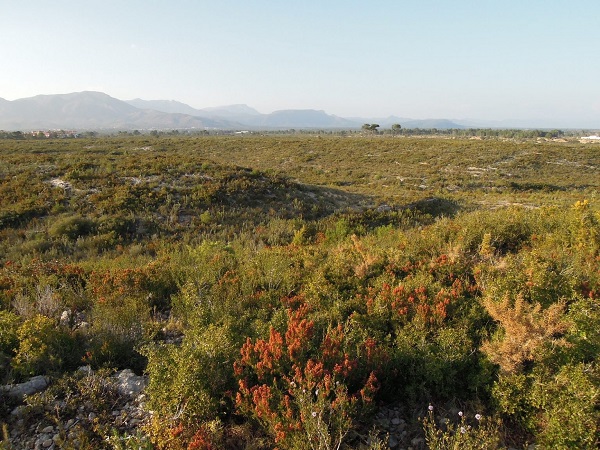Carbon sequestration is at risk of destabilisation in large regions of the planet


In some areas, carbon sequestration —the difference between the CO2 that ecosystems sequester and the CO2 they release into the atmosphere— has varied significantly in recent years. The study identifies years with high plant productivity (higher CO2 sequestration) and years with low plant productivity (lower CO2 sequestration). This variability is a sign that ecosystems could be at risk of destabilising and spiralling away from the status quo and into abrupt changes.
"For example, in Mediterranean ecosystems, we could see forests becoming scrubland without the capacity to return to the original forest form", says the first author of the study, Marcos Fernández, a collaborator in the Department of Evolutionary Biology, Ecology and Environmental Sciences of the UB Faculty of Biology and researcher at the Centre for Ecological Research and Forestry Applications (CREAF).
"In these areas we have also detected another sign: an increase in their memory or temporal autocorrelation. This tells us that each value is increasingly positively related to the previous one; a lower carbon uptake in one year is becoming more likely to be followed by an even lower uptake next year”, says Marcos Fernández, also researcher at the University of Antwerp (Belgium).
The study confirms that the areas that show the highest risk of destabilisation have less forest cover, more croplands, are warmer and have experienced greater increases in temperature variability. This could be related to an increase in extreme weather events, such as heat waves and cold snaps.
The team has worked with global net ecosystem production data over the period 1981-2018 with two global atmospheric inversion models (CAMS and Jena CarboScope), and with ecosystem net production data from an ensemble of twelve dynamic global vegetation models (TRENDY).
Instability constrains carbon sequestration
The study finds that regions with a greater potential to destabilise in recent years have seen their carbon sequestration capacity compromised. Conversely, areas that have tended to be less variable (the Amazon and parts of central and northern Europe, among others) have increased their capacity to sequester carbon. "In the case of the Amazon, despite carbon having been lost on average over the study period, the losses are smaller and smaller because these systems have actually been increasing their carbon sequestration capacity", notes Josep Peñuelas, CSIC research professor at CREAF.
"Being able to predict the carbon cycle is vital in the fight against climate change. Although we do not yet know whether these changes will lead to changes in the climate or in the capacity of plants to sequester carbon, a potential destabilisation of large regions of the biosphere makes predictions difficult because it greatly increases variability", says Jordi Sardans, expert in climate change and ecology and member of CREAF.
The study also reveals that the highest carbon sequestration rates occur in regions with intermediate biodiversity values, while in places where biodiversity is very high —such as the tropics— this carbon sequestration capacity is lower. According to the researchers, this could be due to the positive effect of biodiversity on decomposition and respiration in tropical ecosystems could compensate for the positive effect on photosynthesis, which would not be the case in other ecosystems. On the other hand, and contrary to what was previously thought, the findings also indicate that maximum variability in carbon sequestration also occurs in regions with intermediate biodiversity values.
References
Reference article:
Fernández-Martínez, M.; Peñuelas, J. et al. «Diagnosing destabilization risk in global land carbon sinks». Nature, febrer de 2022. Doi: 10.1038/s41586-023-05725-1
